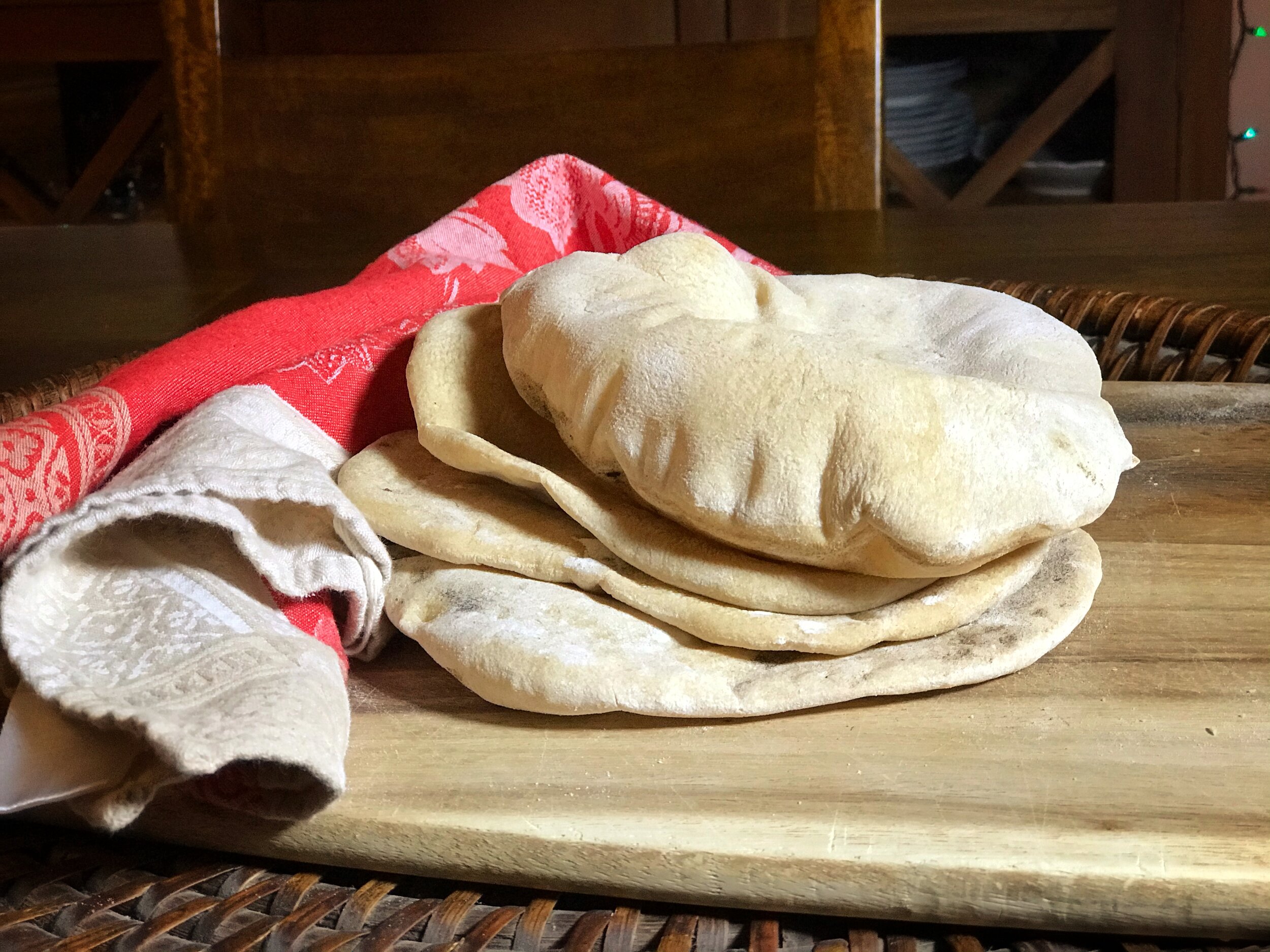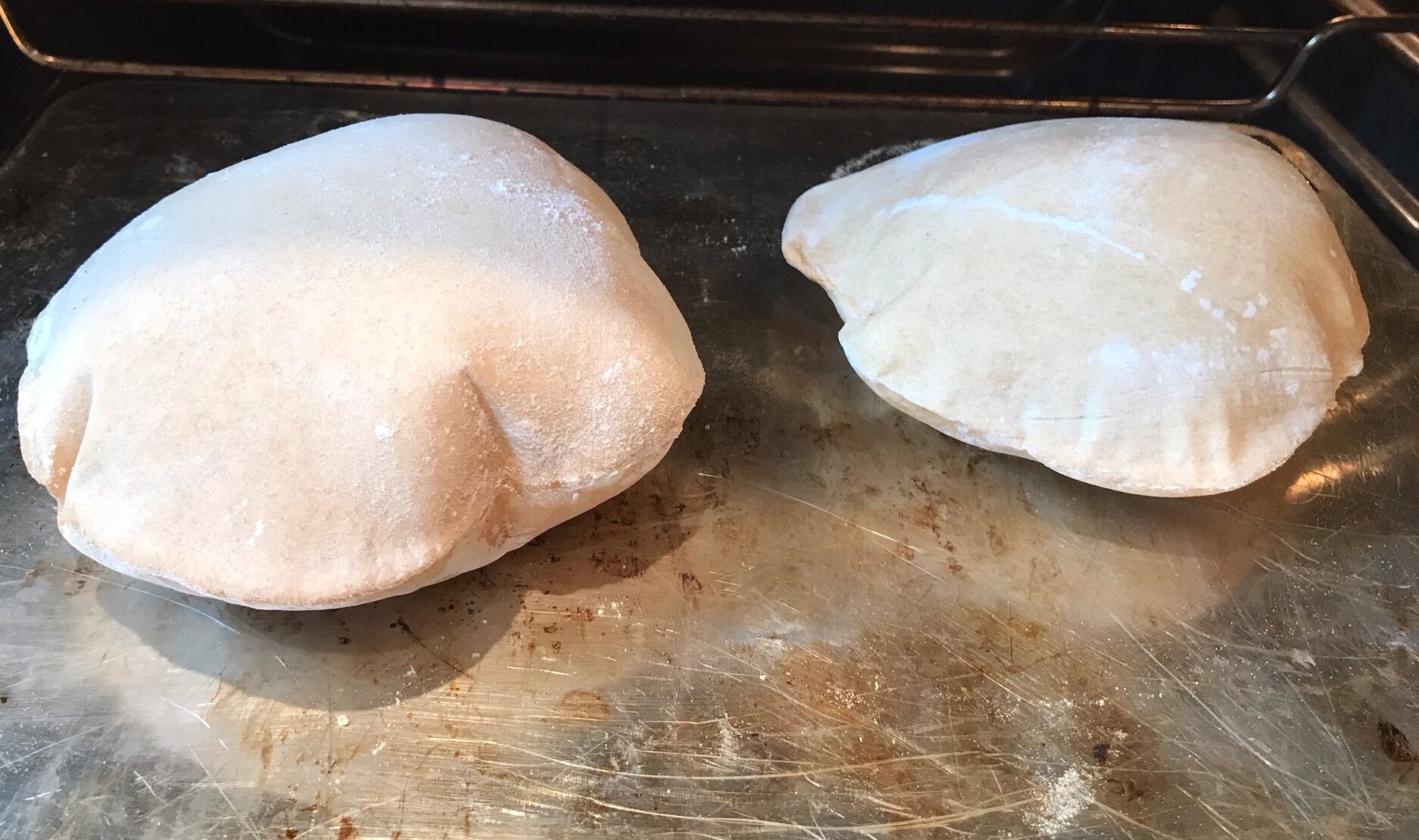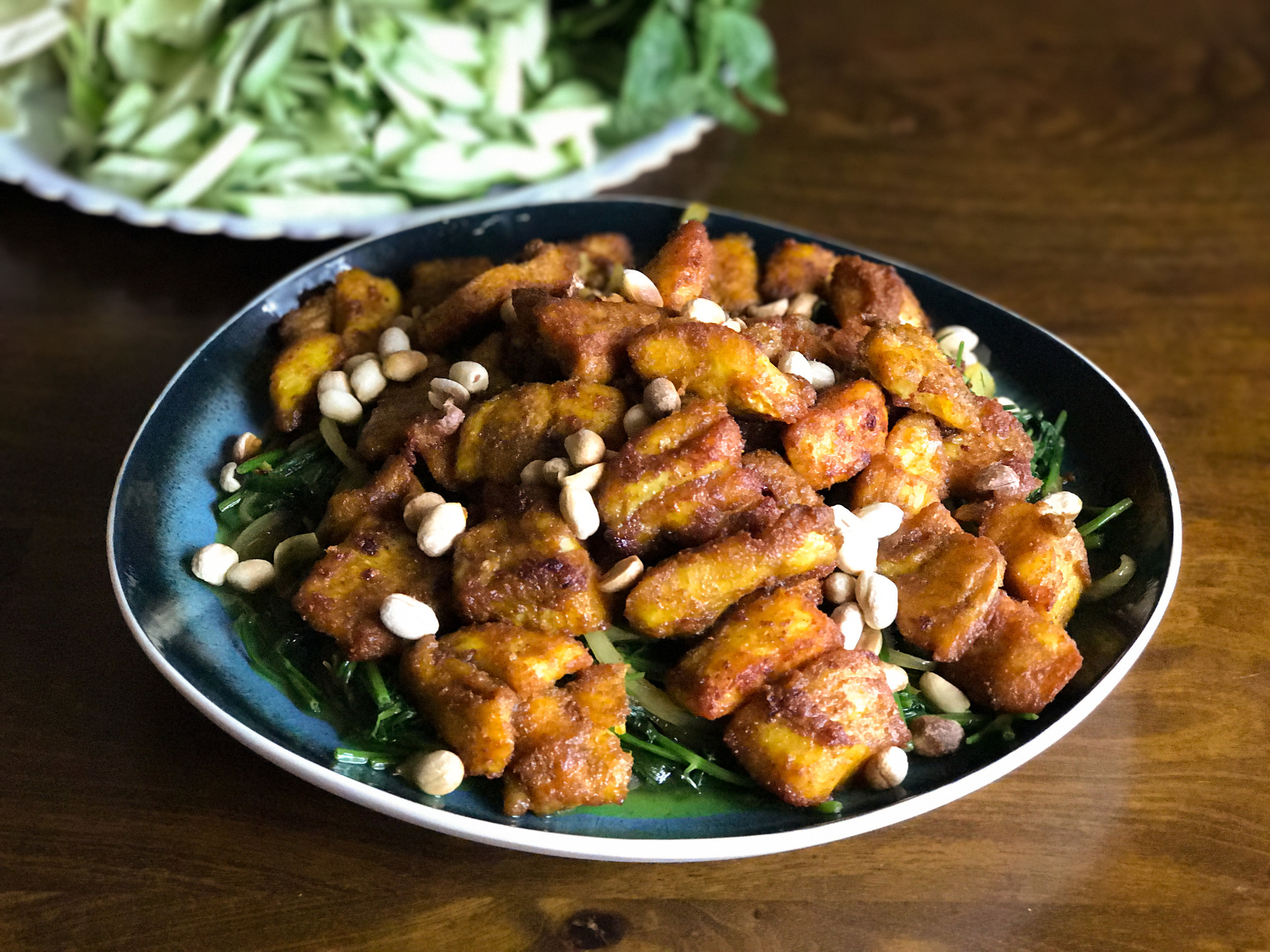The ultimate murgh makhani — also known as butter chicken
Several months before The Great Confinement, I became obsessed with butter chicken.
It began with a problem I needed to solve for a client, for which an Instant Pot seemed like a possible solution. Never having used one, I Googled — and found a nearly two-year-old New Yorker profile of one Urvashi Pitre, “The ‘Butter Chicken Lady’ Who Made Indian Cooks Love the Instant Pot.”
Butter chicken? I’d never given the dish much thought — always assumed it was an Indian dish concocted for American tastes, as chicken tikka masala is for the Brits.
How wrong I was. And how silly I felt, and still feel — mostly because of the missed opportunities to indulge in murgh makhani (butter chicken’s proper name) during a lifetime enjoying Indian food.
Meanwhile, if exemplary butter chicken could be easily achieved at home in less than a half hour using an Instant Pot, well, then, I had to get an Instant Pot.
My young-adult son Wylie was living with us at the time. Though suspicious of the plug-in-pot contraption, he’d always been partial to the charms of butter chicken, so he was keen to give the recipe a whirl for dinner one weeknight. It was remarkably easy: You put nearly all the ingredients — chicken pieces, a can of diced tomatoes, spices and salt — in the Instant Pot and turn it on. Then you pull out the chicken, use a stick blender to blitz the sauce, swirl in butter, cream, more spice and cilantro, put the chicken back in, and that’s it. Wylie started prepping everything just as I was leaving my office to head home; when I walked in 20 minutes later, he was swirling in the cream.
Wylie’s first (Instant Pot!) butter chicken. Delicious — and so easy!
The Instant Pot butter chicken was astonishingly good: rich, nicely spiced, altogether satisfying. And in so little time, with so little effort. Bravo Urvashi Pitre!
Urvashi Pitre, a.k.a. the Butter Chicken Lady, with her instant pot murgh makhani in Southlake, Texas
Now I wanted to meet the famous Butter Chicken Lady — who happens to live not 25 minutes from me. I had the perfect opportunity. Another one of my clients, in process of opening a new store and cafe in Southlake, Texas, asked me to recommend a local cooking personality for the store’s inaugural Supper Club series. The Butter Chicken Lady! The event was an instant sell-out, and the guests (some of whom flew in from other states) loved it. What a kick to dine on delicious murgh makhani seated literally next to the extremely delightful Butter Chicken Lady. (Check out her excellent blog, Two Sleevers, where you’ll find hundreds of quick-and-easy recipes.)
Meanwhile, I was getting curiouser and curiouser about murgh makhani. What were the origins of the dish? Were they knowable, or, like most dishes, something with hazy beginnings, a dish that evolved over eons? Would other versions include onions, which were conspicuously absent from Urvashi’s version?
The simplicity of the answer to the origin question threw me for a loop: Butter chicken — murgh makhani — was created, according to a 2018 Washington Post story, in the late 1920’s or early ‘30s in Peshawar (then India, now Pakistan) by a chef named Kundan Lal Gujral. It’s exceedingly rare that a dish has origins so precisely knowable, but butter chicken’s origin story is uncontested, the smart story by Andreas Viestad asserted.
I found the piece just as I was headed to Massachussetts to visit Juliet, a brilliant web designer (and gifted cook) who is now my partner in Cooks Without Borders. As we drove from the airport to her house, I told her about the Post piece, which profiles Monish Gujral, the grandson of Kundan Lal — who also created (incredibly!) tandoori chicken. His grandfather had wanted to create a dish for his mentor that was lighter than the usual dishes of the region, so he had the wacky idea of roasting a chicken in a tandoor oven, which at the time had normally only been used for baking bread. Tandoori chicken was a hit that put the restaurant — Moti Mahal — on the map, and later Kundan Lal created butter chicken as a way to use leftover tandoori chickens. Bathed in a rich, tomatoey, buttery, beautifully spiced sauce, murgh makhani made Moti Mahal famous throughout India. After partition in 1947 (when Pakistan and India were separated), Kundan Lal moved to Delhi, where he opened his own Moti Mahal. His grandson Monish apprenticed with him, becoming a chef at Moti Mahal after graduating university, and eventually taking over the family business — now an empire of some 250 restaurants.
Having eyeballed the WaPo adaptation of Gujral’s recipe, I thought it looked remarkably quick and easy — maybe even as quick to put together as Urvashi’s Instant Pot version. “Let’s make it!” said Juliet. Leave it to my friend to have all the ingredients already on hand.
The WaPo adaptation had us quick-roast pseudo-tandoori chicken pieces in the oven, having slathered on a yogurt-and-spice coating, but not leaving it to marinate before roasting. The sauce came together quickly on the stovetop.
The butter chicken Juliet and I made from the Washington Post story.
Again, this was delicious — perfect for a flavor-happy weeknight dinner.
But I couldn’t help but wonder how close this was to the original; the tandoori-approximation seemed a bit quick and clipped, and did the dish maybe want a little more depth?
Monish Gujral’s book, On the Butter Chicken Trail, offers a recipe slightly different than the adaptation in the WaPo piece. It calls for making an actual tandoori chicken first, marinating a skinless chicken first in lime juice, chile powder and salt, and then in a yogurt-spice blend — for at least four hours altogether, so all those flavors soaked in — then skewering the soaked bird and roasting it in a tandoor oven or grill.
Most cooks I know do not have a tandoor, and grilling isn’t always an option, but those two marinades seemed very worthwhile, and I wanted to do something a bit closer to the original than the WaPo recipe. Chicken thighs strike me as more practical for most American cooks, always flavorful, of course, and easier to cook evenly in high oven heat than a skinless whole chicken. Our recipe calls for roasting the thighs on a rack over a baking sheet so the pieces don’t braise in all the juices that collect otherwise.
[EDITOR’S NOTE Oct. 19, 2020: In honor of the first-ever World Butter Chicken Day, October 20, 2020, commemorating the 100-year anniversary of Moti Mahal, we have published a new story and created a new, streamlined version of our recipe. The new version is called World Butter Chicken.]
I also adapted the wonderful garam masala Gujral uses, which gives the dish a gorgeous aromatic underpinning. (The recipe for garam masala in Gurjal’s book yields nearly a pound of spice mix — more than most cooks I know would use in a lifetime; I scaled it down to a twelfth of that.)
Kundan Lal Gujral, the creator of murgh makhani — a.k.a. butter chicken. Gujral also is credited with with creating tandoori chicken. Photo courtesy of Monish Gujral.
Finally, while Gurjal’s recipe calls for 14 medium-sized ripe red tomatoes, that is an awful lot of tomato for one chicken; one 14.5-ounce can of diced tomatoes seemed and tasted like the right amount, and canned tomatoes are more practical outside of tomato season.
That left me with one question: While the WaPo recipe called for Kashmiri chili powder, with 2/3 paprika and 1/3 cayenne offered as a sub, the recipe in the book called for “red chilli powder” without specifying a type. I tested it with the paprika and cayenne combo, and that seemed perfect. But what was ideal — and how much does it matter?
I went straight to the source, and asked Gurjal, whom I had no trouble finding through Facebook.
Now I was just beside myself — first I got to meet the Butter Chicken Lady, and now I was corresponding with the Butter Chicken King himself! Juliet pointed out that he was really more like the Butter Chicken Prince, as he was descended from the dish’s creator, but to me the fact of his world-wide murgh makhani empire makes him the Butter Chicken King.
Gurjal clarified the red chile powder question: Kashmiri chile powder, or a commercial blend called Deggi Mirch (a powder of Kashmiri chiles and red bell peppers), or the paprika-cayenne alternative work well. I sent him my adaptation of his recipe pre-publication, we discussed the switch to canned diced tomatoes and my adaptation of his garam masala, and he approved of the whole package. He was careful to add that you don’t want to blend the sauce too fine; you want it to have a bit of nice texture.
When we chatted later on the phone, he told me about his two grown children (his daughter is a lawyer at the High Court in Delhi; his son is in law school in London). “When they’ve been away and they come home,” he said, “right away, they always want butter chicken.”
Of course they do. It may well be the world’s most beguiling comfort food.






















































































